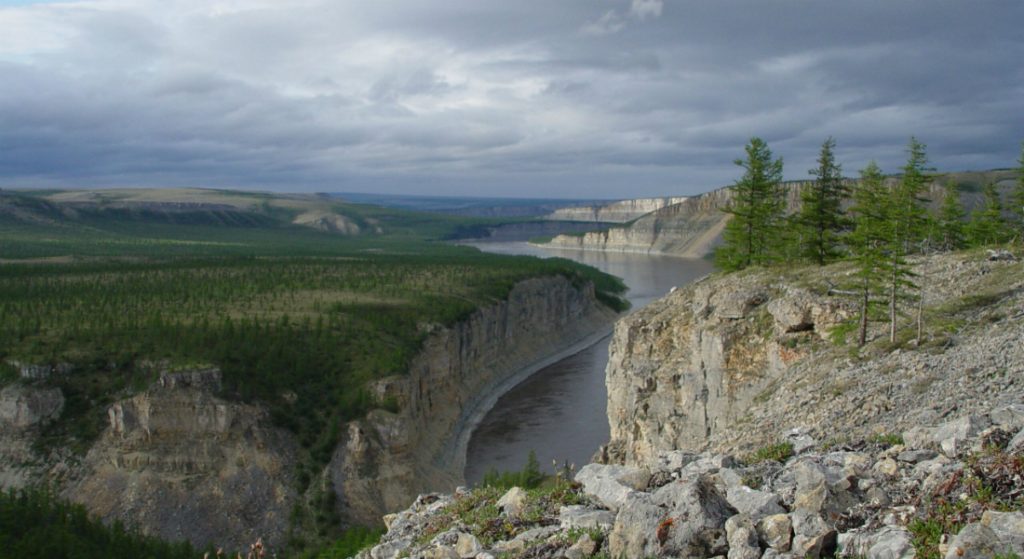Study of 540-million-year-old limestone indicates that animals contributed to the regulation of the Earth’s oxygen level
A new study shows that animals may have been a part of regulating the Earth’s oxygen level and thereby indirectly controlled their evolutionary development. This study is the work of an international research team, including Professor James Connelly and head of center Martin Bizzarro, from the Center of Excellence STARPLAN, which until recently was funded by the Danish National Research Foundation. Thus, the foundation has been part of the funding of this research.

About 540 million years ago, a massive boom occurred in the diversity of animals on Earth. The evolutionary boom is also known as the Cambrian Explosion, whereby approximately all of the larger animal species we know today grew over a period of several million years. During this period, the species developed greatly and grew larger, and concurrently with this development, the oxygen level in the atmosphere dropped significantly. The drop stopped the animals’ development momentarily but following an increase in the oxygen level and thanks to the blooming of algae on the ocean floor, energy was restored to the food chain, which made the explosion of life continue.
But according to a new study, it seems that it is not just the oxygen level that has controlled the animals’ development, but the animals themselves most likely have been a part of regulating the Earth’s oxygen level, and thus, they have been an indirect source of their evolutionary development. Behind the study is an international research team, including researchers from the former DNRF center STARPLAN. The researchers examined samples from 540-million-year-old limestone and the results show that the dynamic between animals and the environment probably went both ways:
“For the first time, we have succeeded in measuring ‘Earth’s heartbeat’– understood as the dynamics between the oxygen level and the productivity on Earth. We have found that it is not just the environment and the oxygen level that affect the animals, but that, most likely, the animals affect the oxygen level,” said Associate Professor Tais Wittchen Dahl from the GLOBE Institute at the University of Copenhagen.
Old limestone reveals the dynamic between animals and the environment
Through the study of limestone embedded on the bottom of the ocean during the Cambrian Explosion about 540 million years ago, the researchers were able to see what controlled the oxygen level as well as how much oxygen there was in the world seas at the time. In the old limestone, the researchers could see massive fluctuations, mainly between two extreme conditions: one where the ocean floor was covered with oxygenated bodies of water, and one where the ocean floor was covered with oxygen-depleted bodies of water. It is these fluctuations the animals themselves may have contributed to.
“Less phosphate produced fewer algae, which, over geological time, led to less oxygen on Earth, and due to the oxygen-poor conditions, the larger animals moved away. Once the animals were gone, the oxygen level could go up again and create favorable living conditions, and then the process repeated itself,” said Associate Professor Dahl. He added:
“In this way, the mud-burrowing animals themselves helped control the oxygen level and slow down the otherwise explosive evolution of life. It is entirely new that we can render it probable that such dynamics exist between the animals and the environment. And it is a very important discovery in order to understand the mechanisms that control the oxygen level on Earth.”
The study of the Earth’s oxygen level is not just important for life on our planet. A better understanding of the dynamics between oxygen and life, animals and environment, might potentially bring us one step closer to an understanding of possible life on other planets.
“Oxygen is a biomarker – some of what you look for when you look for life elsewhere in the universe. And if life in itself helps control the oxygen level, it is much more likely that there will also be life in places where oxygen is present,” said Professor Dahl.
Read the scientific article in PNAS here
Find more information about the study in a press release from the University of Copenhagen here
